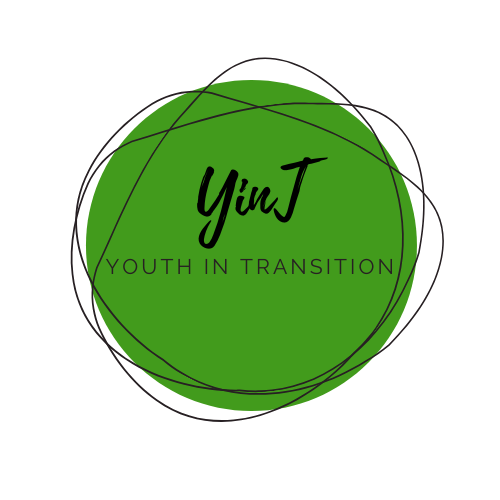3.1 Blended Learning
Blended learning can work in various ways but are often differentiated between online synchronised- and unsynchronized processes. The synchronised processes are where participants are meeting online at the same time, e.g. through an online meeting. The unsynchronized processes are where participants attend at different times e.g. participating in a Facebook-discussion. If a facilitator wishes to have participants take a joint decision, a synchronised process is an advantage. If she on the other hand would like the participants to go in depth with a question - the unsynchronized processes can be an advantage. The following are mostly oriented towards unsynchronized processes. Group dynamics online is often more volatile because the participants easily can turn on and off, but this is also a strength, because the flexible process distributed in time and space can be adapted to the participants daily needs and other responsibilities like work, family, disability, e.g.
To work flexibly with groups of ‘hard to reach’ youth as in YINT (or anyone) online it is important to create a strong scaffold around the blended learning by being extra explicit as a facilitator in communicating (in popular terms) the 7 W’s: Who does What, With Whom, at What time, Where and with What purpose. This means that you as a facilitator, preferably through various media, writing and video, communicate:
- What is the theme (the headlines),
- What the general purpose is with this session,
- What the participants are expected to do,
- When they are expected to do this,
- How you, the facilitator, will interact (how and When will you present something, how and when will you give feedback, comment, be available for questioning etc.) and with what purpose,
- Who the participants should interact with and
- What they should interact about and with What purpose,
- When they are expected to present/upload/comment etc. and
- Where (on which online platform, in which folder, with which document-name etc.)
If there is more than one discussion-theme in a threaded dialogue, you separate the themes in separate threads, as participants can easily lose the overview online. The facilitator will build the scaffold that the participants shall (can) walk on and they need to know where they can walk, so to say. This is only enhanced with a target group that has a small amount of resources, e.g. language, time, focus, schooling. Conclusion: The framing of blended learning processes should be crystal clear, easy to understand and ready to act upon.
The handbook has been structured around the identified core competencies which are considered critical to reach and empower marginalised/vulnerable youths for their pathways towards sustainable and regenerative futures. Hence the focus considers how to attract the attention and interests of the target groups and through the activities inform and create conditions for empowerment and regenerative thinking and practice. This leads to shifting from human centred to community-led and planet centric perspectives and applying regionalism/localism in their own lives.


0 comments
Leave a comment
Please log in or register to post a comment